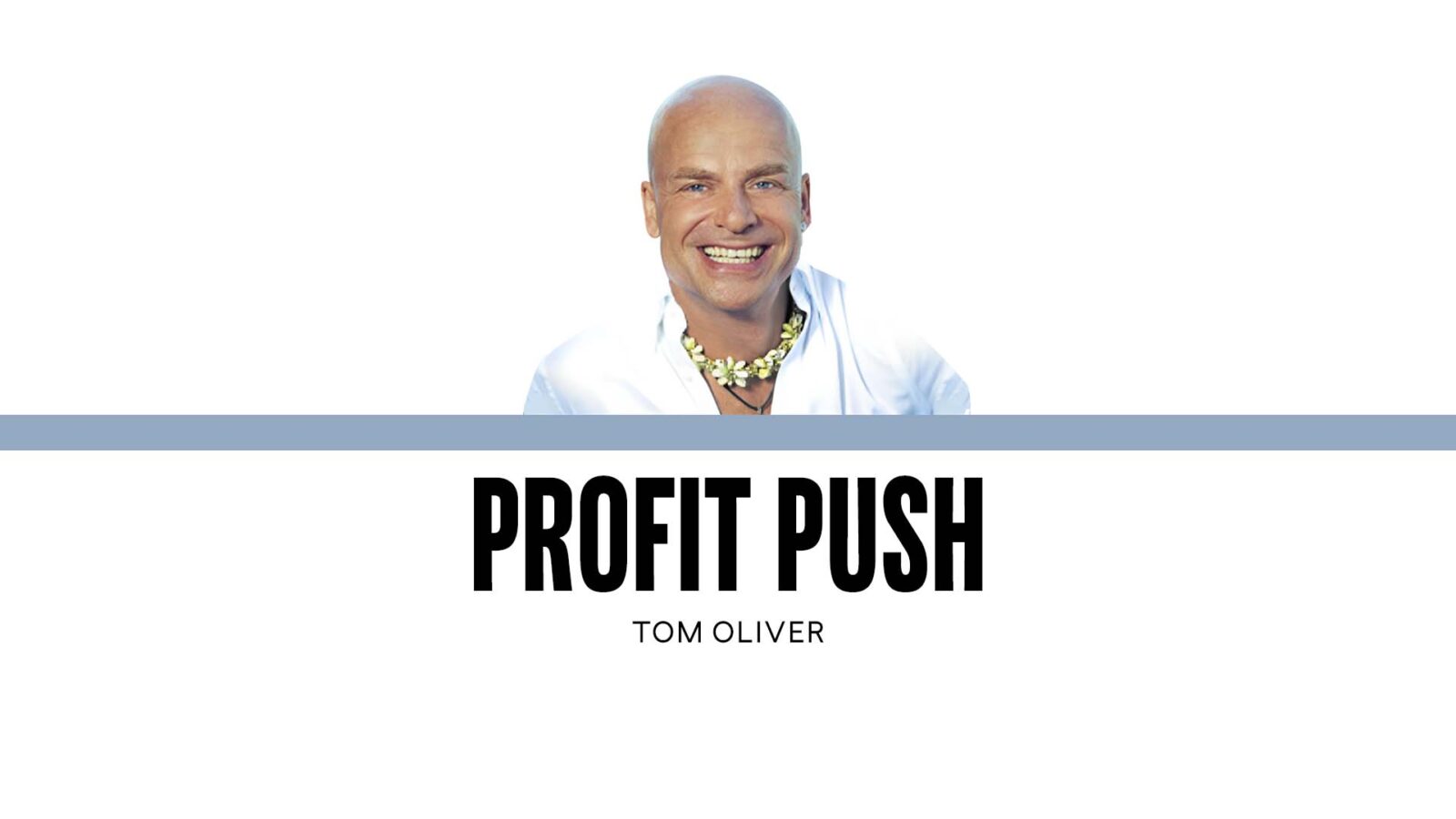To plan or not to plan–that is the question

Jensen Huang, cofounder and CEO of Nvidia, one of the most valuable companies on the planet, said in an interview that he and Nvidia do not plan. No long-term plans.
While I have worked with and advised many famous business leaders around the planet, Jensen is not one of them, so I really cannot comment on that.
However, one thing is for sure: I have seen again and again that NOT planning enough, and NOT planning in detail, and NOT planning contingencies and alternative scenarios leads to some of the biggest failures in companies around the world.
Why plan?
Most companies plan as part of what they do in a year. You call them “annual corporate strategic planning,” “annual review,” “strategy sessions” or whatever. I have sat in many of these, and most of them are a disaster. Nothing moves the needle.
A lot of times, old PowerPoints from the last year are regurgitated and just given a new look. I remember sitting in a planning session of a conglomerate that was the market leader in its industry and region, and when I started to ask questions such as: “ Show me last year’s projections and goals,” the business unit heads showed the same slides—just with different colors.
Death by PowerPoint. Most of this is used to confuse the owner or CEO, so that they do not ask any more questions. The truth is: planning is an art and a science. After leading many, many corporate planning sessions around the world—including for companies that became market or industry leaders as a result of my planning sessions with them, including making it into the top 10 globally, into TIME’s World’s Best Companies list and Forbes Best list—I know what it takes to plan—and plan well.
Mistake No. 1: Taking it easy
The first mistake is: 99 percent of all companies do not take planning seriously enough. Most companies are far too busy being busy than planning what to be busy with. They lose themselves in action, in execution, instead of designing the road map.
Write down the golden principle: Design precedes execution.
Most companies “go through the motion” of planning once a year because, well, that‘s what companies do. But they have no idea how to do it and what to do during those sessions. Most of all, the owner or CEO does not know what to look for. You need to look for the holes in the cheese, the inconsistencies, the missing assumptions, the wrong principles.
Did you people do a proper trend analysis? Did they write down all the assumptions behind their strategies? Chances are, they did not.
If you are at the top, and you do not take planning seriously enough, why would your people? If you cannot wait till these planning sessions are over to go “back to business,” you should ask yourself if your business may not actually be “busy-ness.”
Remember: even the best ship in the world will move around aimlessly if its destination is not clearly defined. And with the best of intentions, every expedition will fail if there is no clear map to follow.

Mistake No. 2: Not calling the ‘BS’
If you are presiding over such planning sessions, you need to obsess about people “BSing” the hell out of the plans. Beautifully designed PowerPoints with the sole purpose to distract you from the fact that they did not hit their targets—again! I have seen mediocre and lazy executives transform into true magicians when it came to the magic trick of misdirecting the owner/CEO’s attention from what truly mattered.
Most executives have skeletons in their closet they do not want others—and especially the boss—to find out about. I remember an Australian self-made multibillionaire coming to me after a keynote and workshop I gave at the Young Presidents Organization in Monaco. He said: “Tom, what I loved most about your insights was the takeaway that I should be positively obsessed about what I might be missing. And what others hide from me. That is the right attitude.”
If you are at the top, that is precisely the attitude you should cultivate. As they say in Germany: Vertrauen ist gut, Kontrolle ist besser, which translates into, “It’s good to trust but it’s better to control.”
When owners and CEOs ask me and my team to attend or lead their planning sessions, it’s “no more BS” time. I always love the priceless look on everyone’s faces when we shoot holes in the plans or uncover some BS “window-dressing” with beautiful Power Points when the business unit head is trying to conceal some major fallout in her division. Priceless.
Of course, done right, these planning sessions save millions of dollars for every company that does them correctly.
I remember one of our clients, a national market leader in the food industry, who started a glorious ascension to becoming a regional market leader in a short number of years after we did a 10-year planning session with them, and an annual plan for the next year. And a local player who was awarded the prestigious Forbes “Best Under a Billion” out of over 100 companies in 11 countries.
I also remember a national industry leader from Asia who—for the first time in its history—brought all CEOs of all of its brands together for a strategy sessions with me and my team. Needless to say, after that, they skyrocket. A few years later, they were also on TIME’s World’s Best Companies list.
All of this comes from ruthless and diligent planning.
Mistake No. 3: Missing the vital elements
Don’t show me a plan without having analyzed the underlying trends that will affect your industry in the upcoming years. And don’t show me a plan that doesn’t have all assumptions clearly listed.
What do I mean by assumptions? Anything or everything you do is based on assumptions. What are the underlying assumptions behind the strategy you are proposing? Even if you do not list them or are aware of them, they are always there.
Your goal is to write them down so you can check back on them later and see if your assumptions were correct.
Otherwise, if your plans fail and your people do not hit the target, they will say, “Well, it’s the economy” or whatever other BS.
Examples of assumptions in a good strategic plan include market conditions like customer demand or competitor actions remaining stable, that internal resources and capabilities will be sufficient, and that key projects will stay on schedule and budget.
A good plan explicitly identifies these assumptions so that contingency plans can be developed if they prove to be incorrect.
Contingency plans are another element that my team and I rarely see presented in these sessions. What happens if plan A fails? What are your contingency plans? How can you still reach your goals if the ideal is compromised?
The best plans have at least a few contingency plans so that you and your business still reach the target.
“Many roads lead to Rome”—there are always numerous different ways to achieve the same goal or result. The Ancient Roman Empire built an extensive road system that connected its capital to all parts of the empire, making Rome a central hub for travel and commerce.
In the same way, your contingency plans need to all lead to one final destination: reaching your goals.
Tom Oliver, a “global management guru” (Bloomberg), is the chair of The Tom Oliver Group, the trusted advisor and counselor to many of the world’s most influential family businesses, medium-sized enterprises, market leaders and global conglomerates. For more information and inquiries: www.TomOliverGroup.com or email Tom.Oliver@inquirer.com.ph.


















